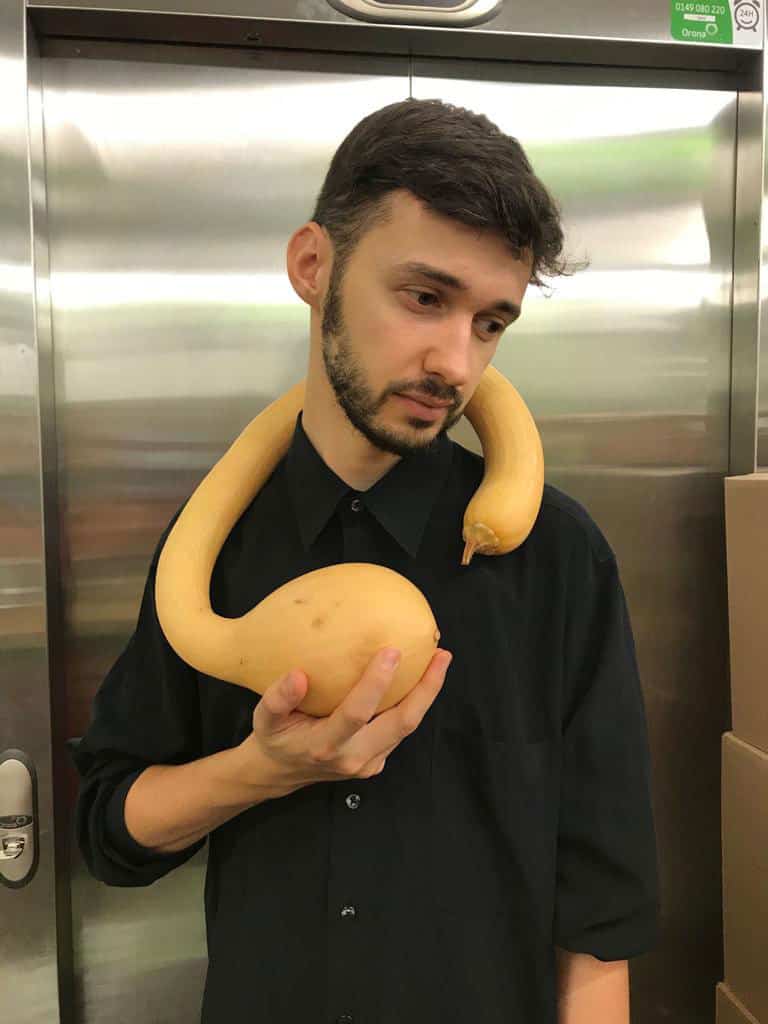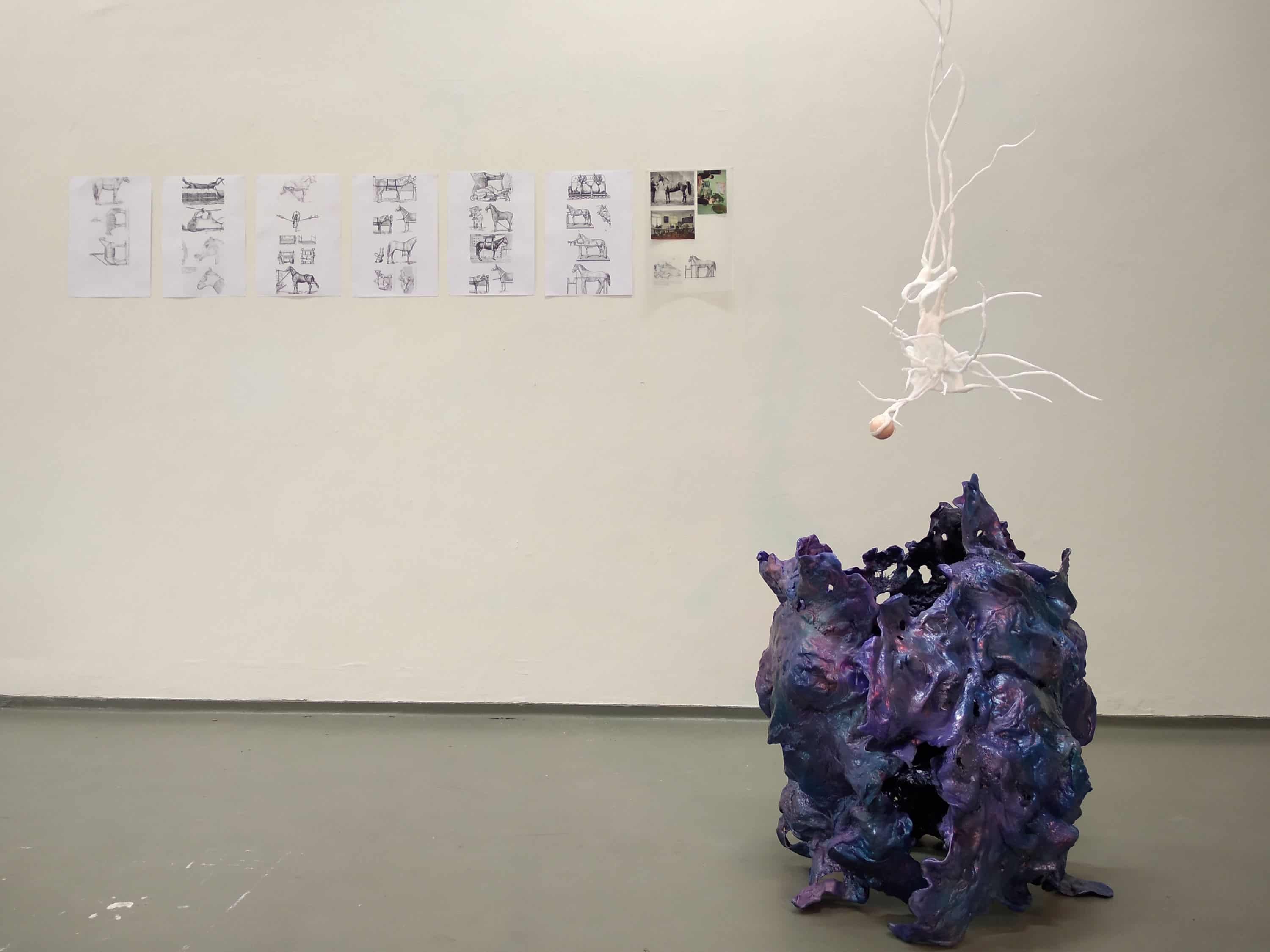New horseshoes, an old herbarium collected during the Second World War and a second-hand grave found online. Learn why these three objects were important for Russian artist Ilya Fedotov-Fedorov during his residency at the Van Eyck.
How did you find out about the residency programme? How did you apply?
It isn’t a special story, I just found the residency programme on the Internet last year, when I was looking for new opportunities. My gallery (Fragment Gallery from Moscow) recommended me Jan van Eyck Academie and I really liked the idea because it was the first year that they offered the fellowship, supported by the Vroman Foundation, for artists who are focused on science, biology and nature. I was the first person to undertake the fellowship.
What does your regular, art residency day look like?
11:30 – Wake up
11:45 – Breakfast
12:00 – Studio visit (curator, artist, director of a museum, designer, etc)
13:00 – I work with clay at Kunst Academy. They have a connection with Jan van Eyck and participants can work there like students
17:00 – I am usually covered in clay and dust and I am hungry; I usually eat some snacks
17:30 – Wednesday, for example, is the most interesting day in residency – there are presentations from participants, discussions and a collective dinner cooked by some participants
21:00 – Working in my studio
03:00 – Go to bed
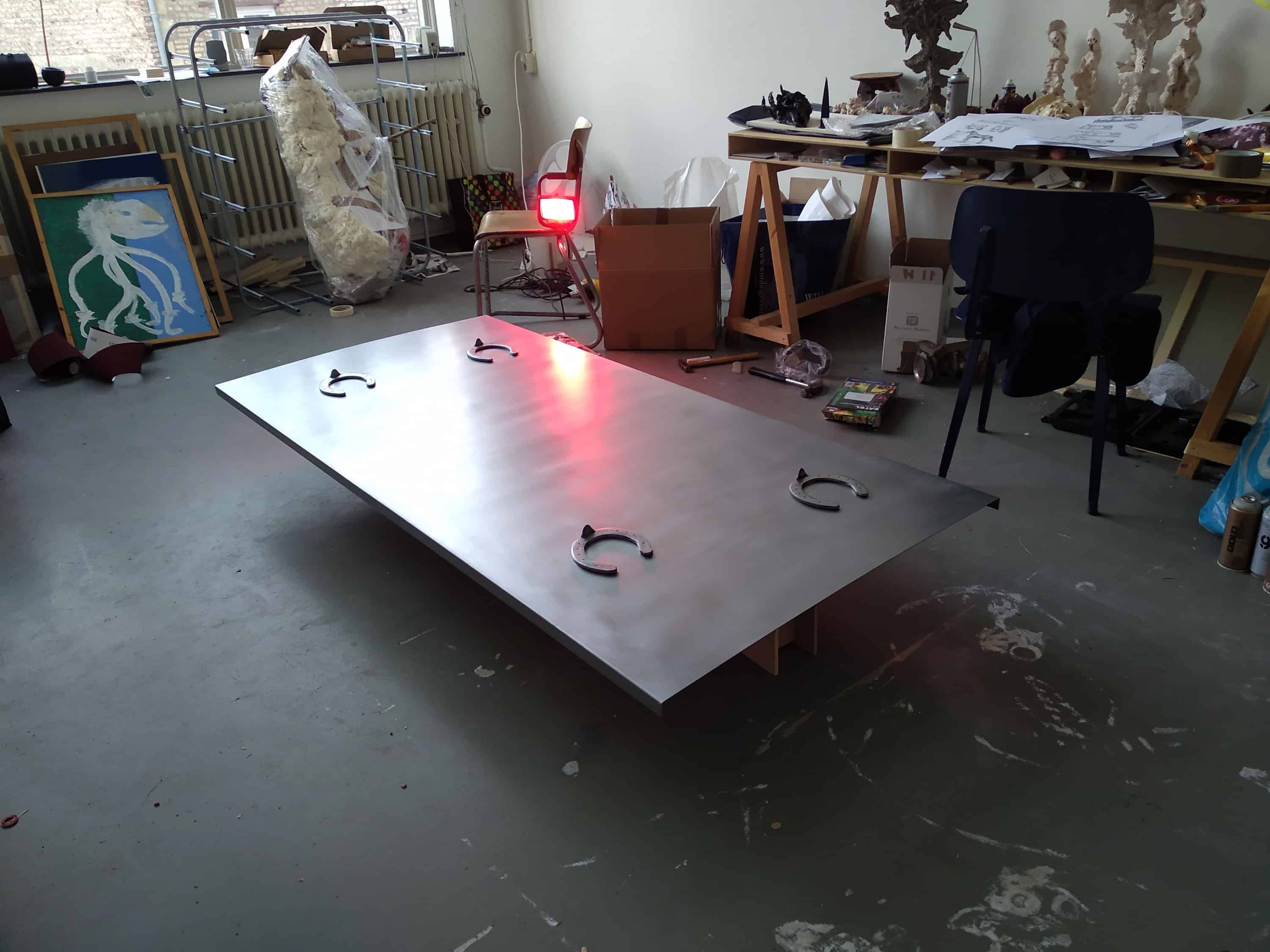
Ilya Fedotov-Fedorov, the Van Eyck residency.
In your experience, what distinguishes working as part of residencies from working in your atelier?
First of all, during the residency, you don’t have to think about money, which is an important advantage. Another big difference is that I am far away from my country. For me it is was interesting to watch Russia and Russian art from the outside. It gives me a completely different perspective that way. For example, I started to focus on topics connected with religion and politics but I’m trying to visualise them through nature and animals. When I exhibited some of these works in Moscow, just after the opening the works where censured and removed from the gallery. In the Netherlands I feel much more freedom, maybe that is because I don’t understand the situation completely, but I know that I can work with religion and rituals and it will be completely safe.
Do you prioirtise spending time on your work, or rather on meeting people and exploring the city?
I have a problem with people, and with mammals in general, so meeting new people is not on the top of my list for sure. The city is more interesting, especially supermarkets, museums, and cemeteries, and as I work alone in a studio exploring the city is important for me.
I think that the city and the country influenced me a bit. For example, I started to like second-hand shops, where I found a lot of materials for my installations. When I worked in AMC (Academicals Medical Center in Amsterdam), I worked with doctors and scientists on a project about alternative medicine and how dangerous it can be if you use some homoeopathic pills, herbs, crystals, prays, etc. to cure deadly diseases such as AIDS. In Russia everything is black and white – most doctors will tell you that you are an idiot if you are using alternative medicine, and a patient can lose trust in the doctor. On the other hand, there are some doctors who can recommend that you only use alternative medicine and herbs and patients can die. In the Netherlands doctors have another strategy, if you want to start to use alternative medicine they will tell you that it’s okay but ask that you also continue with their prescribed treatment too, and usually, these kind of patients do both. After this, I started to think a lot about relationships between science and rituals and I’m still working on this topic.
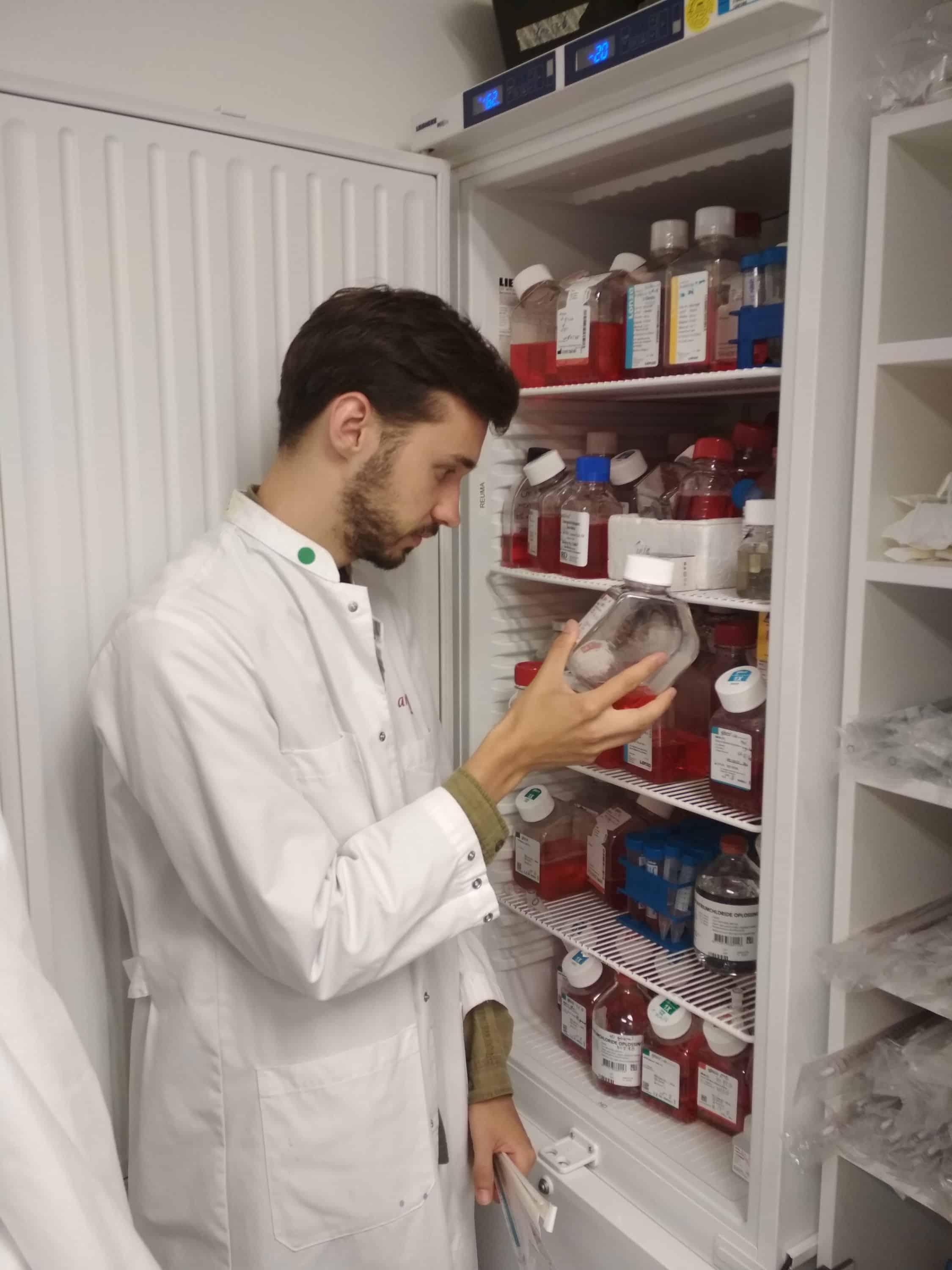
What challenges and opportunities did the residency involve?
The biggest challenge for me was having a lot of people around; there were 30-35 participants. It reminds me of a school with groups, and you have some obligation to be part of it. You have to start to think about yourself as a part of a collective or organisation. But I think that for most people that is not a problem. After 6-7 months in the Jan van Eyck residency programme, I am also starting to feel easier with it. The best opportunities were definitely the meetings with advisors. They can say something good or bad about your works and after that you sit and digest this information, and this can have a big effect on the way you feel about your work. And, of course, residencies have all technical facilities in one place which is really useful.
Name three objects which were the most important to you during the residency.
New horseshoes, an old herbarium which was collected during the Second World War, the second-hand grave which I found online.

Ilya Fedotov-Fedorov, the Van Eyck residency.
What is the role of the institution in your residency? What does it provide you with?
I am a very clumsy person, and an institution makes me much more organised and practical (what a surprise). In the Netherlands, the Jan van Eyck residency programme is in a well-known institution, so it is much easier for me to make contacts in the art world. I assume that it also gives you some status, but when you try to find horseshoes even that doesn’t help!
What advice would you give artists going abroad for an art residency?
Don’t lose yourself.
Edited by Lisa Barham

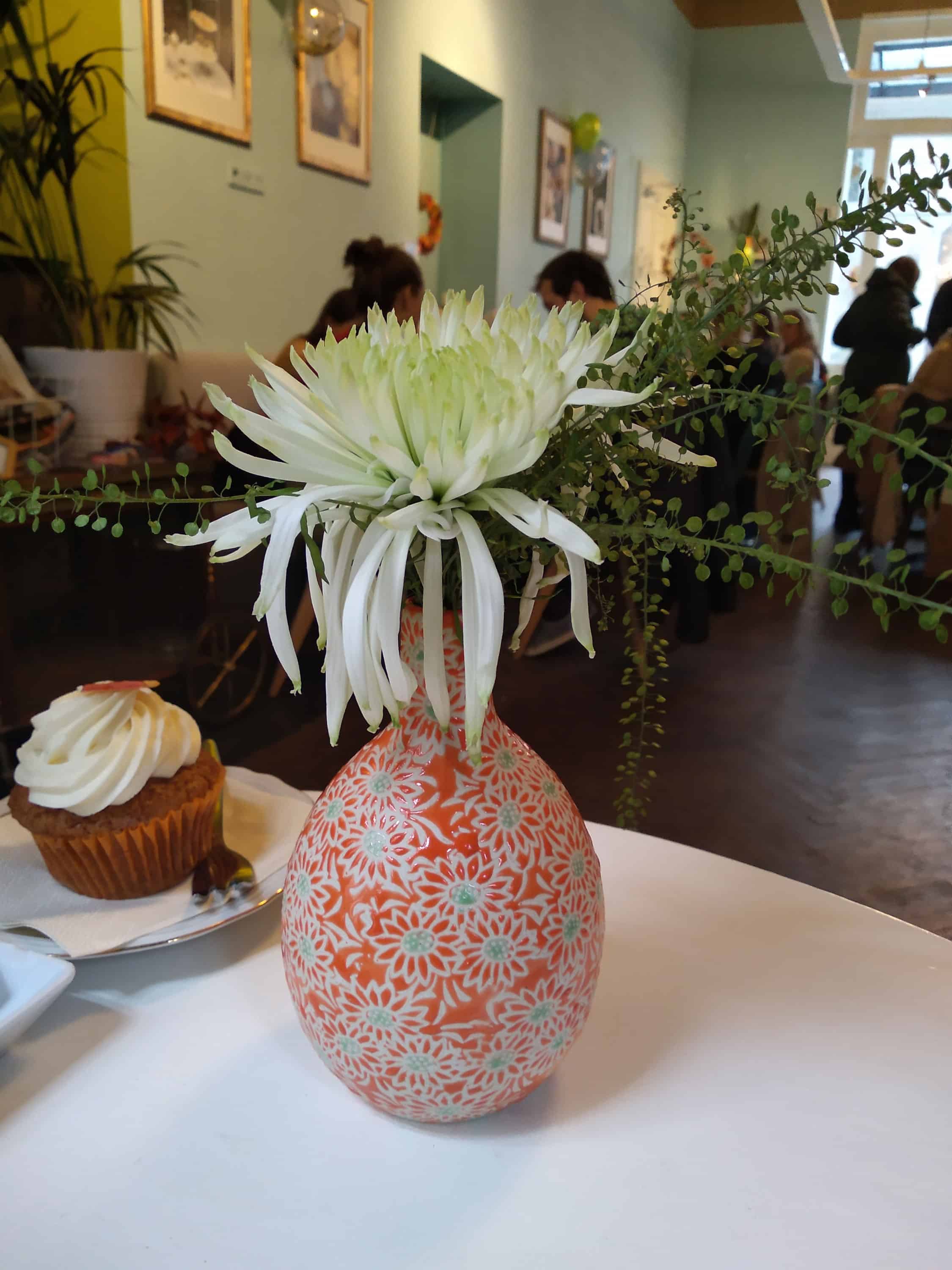
ART RESIDENCIES: In this series of interviews we ask artists and creative professionals what art residencies mean to them and what benefits they bring to both sides. There is a wide range of art residencies available and it is crucial to make artists aware of such possibilities, recommend the most interesting ones, and allow art practitioners to share their experiences. Alongside the interviews, we also publish articles with selected open calls from around the world, and run a Facebook Group “Open calls/Residencies/Opportunities for artists” where the arts community can share more opportunities and experiences.



